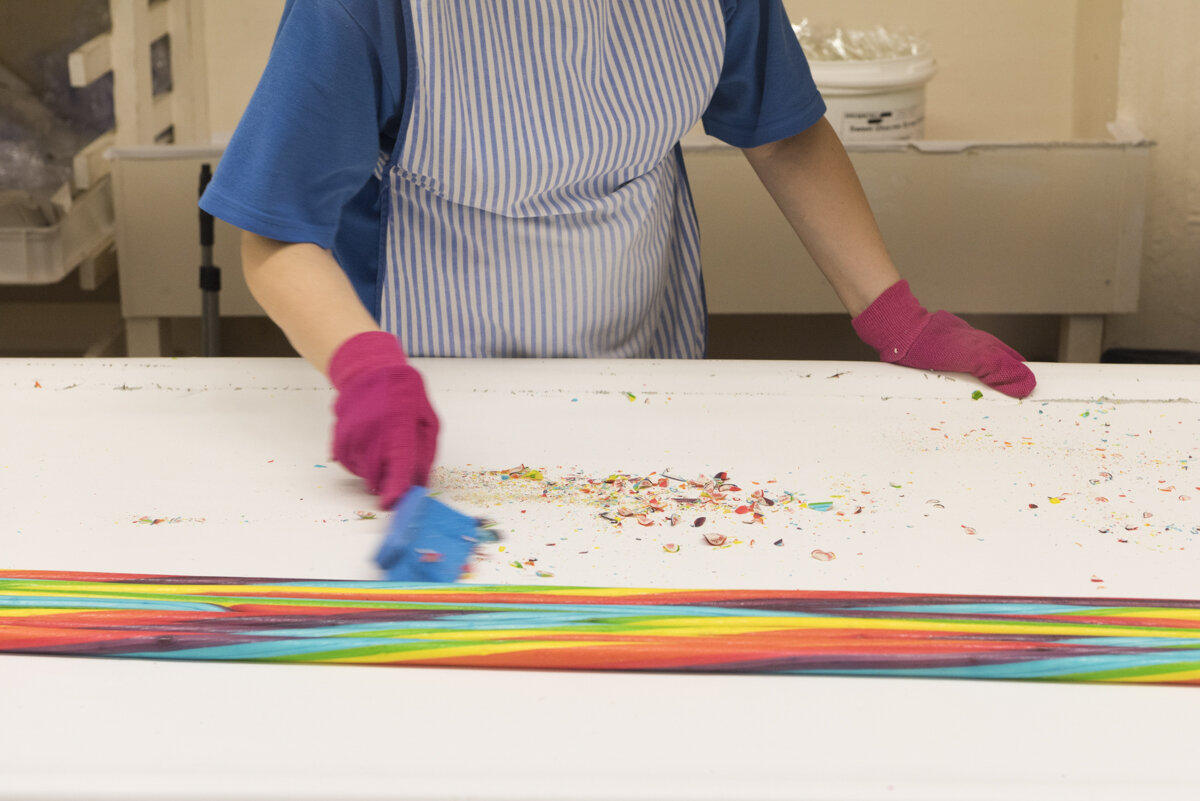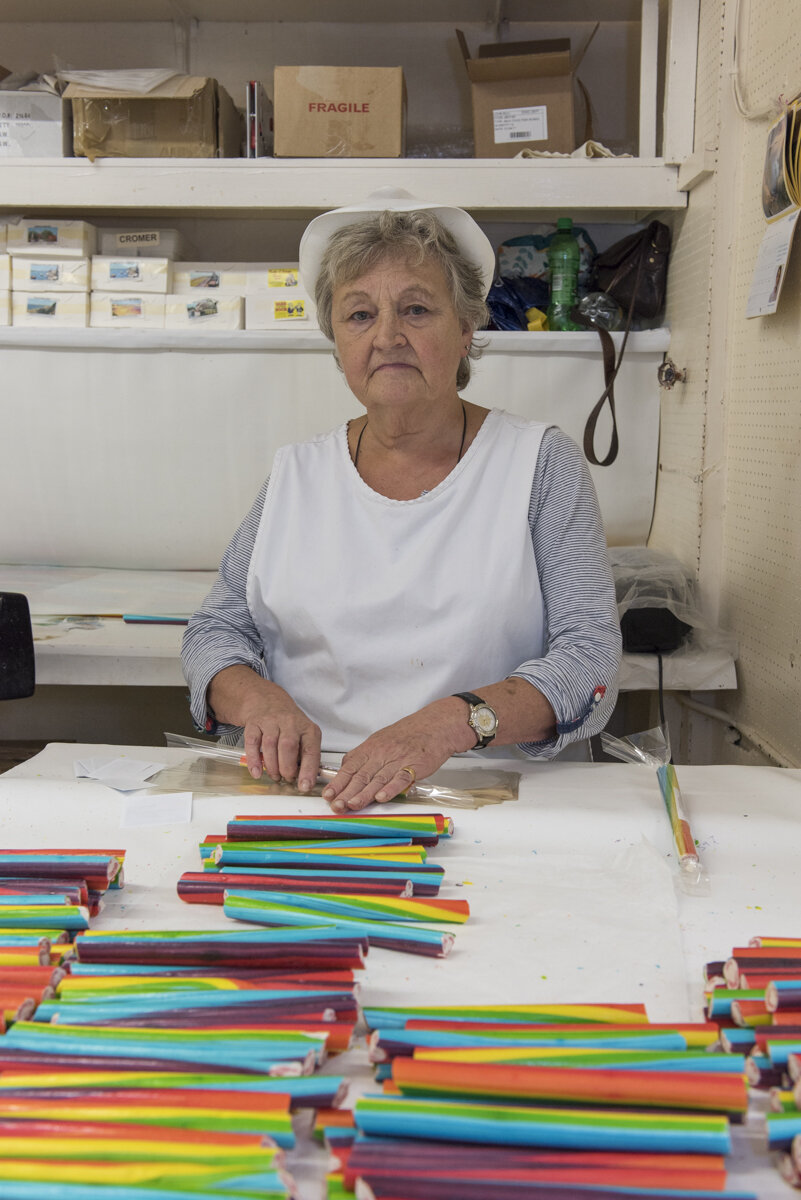Docwra Rock Shop
Recently I’ve been thinking of things which I remember fondly as a kid. One of those memories was the family summer holiday we used to have at Scratby, a small Norfolk seaside village. Admittedly one of the strongest memories I have is getting ill with a cold every time we visited. However the one thing that always cheered me up was the day we took a trip out to Great Yarmouth.
As a young boy the sickly fluorescent bright lights and the loud sounds from the seafront arcades was inevitably going to attract me most. However with a plethora of other seaside treats, once we walked back outside my mind wasn’t bored for long.
Being British there’s always one things I associate with coastal resorts and that’s rock. For the benefit of my non-British friends the closest comparison would be candy canes. One shop which I remember was Docwra’s Rock Shop. Even though the sign above the door has seen better days. With it’s faded plastic and missing neon strips, the inside however is as vibrant as it was back when it first opened.
Candigrove Ltd, also known as Dockwra’s Rock Shop was first founded in 1896
Candigrove Ltd, also known as Dockwra’s Rock Shop was first founded in 1896 and by 1922 a retail store had opened on Regent Rd which is where it still is today. As the name suggest the shop sells rock which comes in many forms from a traditional ‘cane’ stick, to even resembling fish and chips or a full english breakfast. However today it’s not just rock which is sold, but chocolates and fudge which again are all hand produced on the premises.
Today the shop employs about eight people with some both working on the production line and also serving customers. This is a far cry from what it used to be like when the company at one point supplied 70% of the UK’s rock. For as long as I can remember Great Yarmouth hasn’t been known for being a particularly high class location. During the 19th and 20th century, the seaside gave the working class an opportunity to have a cheap holiday with rock being a great souvenir.
Due to the amount of people that would travel to Yarmouth especially during the 1950s and 60s, before foreign package holidays had become more affordable, the rock shops had to cater for this. I remember as a child my parents always bought rock on the last day of holiday to take back as small gift to friends and family. I think I may have even been able to afford a stick myself from any pocket money saved. Today those prices haven’t changed.
With the price of sugar and the additional tax on sweets, I asked why not just raise your prices to keep up with the rest of the economy. The simple answer being that no one would buy any of it. Because of this and the lack of people taking seaside vacations, or just lack of spending in general, meant the main production factory had to close it’s doors in 1985.
The company at one point supplied 70% of the UK’s rock
Even though the sign outside reads ‘Docwra’, the company was bought 4 years ago by John Bull Ltd which is based in Bridlington. The Docwra name has become so synonymous with the Rock industry, that John Bull is opening another ‘Docwra’ shop outside of East Anglia even though the family won’t be associated with it.
Rock is made from very few ingredients with it literally just being pure sugar, flavouring and colouring. However it’s the process which is most fascinating. The sugar is boiled with temperatures reaching up to 146°c (295°F). This is then poured onto a cool table where the colouring is added. Depending on it’s use, the mixture is placed into a machine which stretches it to aerate the structure. Of course the most famous thing about rock it their lettering which runs through the centre. It’s only until you see the process of how each one is created do you realise the complexity that goes into it.
Once all of the letters have been formed, this is then wrapped up in a large flattened colourful layer to form the basic shape. Of course this isn’t the end product as it’s far too big and heavy. To achieve the familiar long thin stick shape, the mixture is lifted into a rotary machine where it’s then slowly turned. As this happens it starts to get thinner and thinner where it eventually slides out the end of the machine. The final stage is still done by hand where it’s continually rolled back and forth to check for imperfections and to also stop it from sticking to the table as it cools. A little while after it is then cut into the correct sizes with what could only be classed as, as a sugary guillotine.
Rock shops have been a British novelty for years. However with a lock of interest from today’s generation, I wonder how long it’ll be before we don’t see them anymore.













